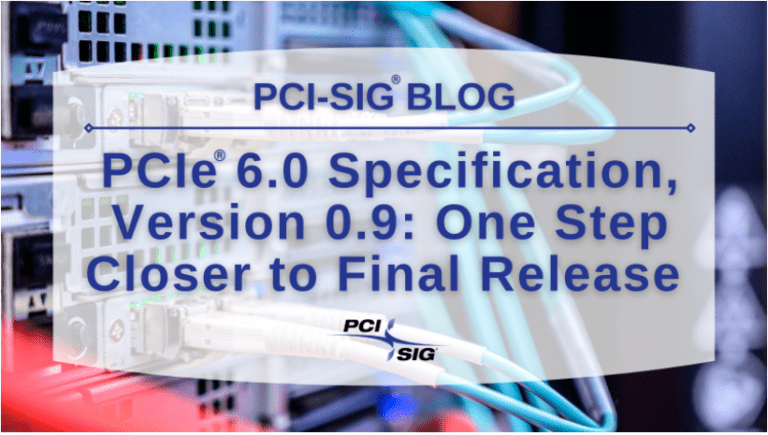A standard set to double transfer speeds between computers’ main components will be completed in a few months. PCI-Express 6.0’s target is for the end of this year or early 2022, according to Aal Yanes, the president and chairperson of the standards organization PCI-Special Interest Group.
The rule of thumb, in the words of Yanes, is that the group typically sees products using the latest PCIe architecture 12 to 18 months after the final specification is released. PCIe links the microprocessor, IO devices, GPUs, and data storage in systems that include PCs to cloud servers to some embedded device.
The new specs
PCI-SIG is in the final stages of approving the final specification and released v0.9, which is probably its last revision today. The new specification will take the place of PCI-Express 5.0, finalized in 2019. v6.0 supports up to 64 Giga transfers per second, which translates to 128 GB/s per direction, in an x16 config, doubling the performance of PCIe 5.0. Compare v6.0 to PCI-Express 1.0, released in 2003, which transfers 2.5GT/s (4GB/s per direction with x16). The standards body said that PCI-Express 6.0 will be backwards compatible with previous generations.
It may take some time to see v6.0
Upgrades to the PCI-Express standards have been upgraded every couple of years since PCIe 4.0 in 2017. The faster transfer rates are crucial to serve data-guzzling apps that include artificial intelligence, according to Yanes.
PCIe 6.0 technology bandwidth capabilities better serve the high-end apps, accelerators, machine learning, and HPC applications with higher IO bandwidth levels.
It will be a while before users can get the PCIe 6.0 interfaces. It could be that it takes a long to make motherboards that can handle the higher speeds or that chipsets won’t be ready for a while. However, it is close to finalization.
